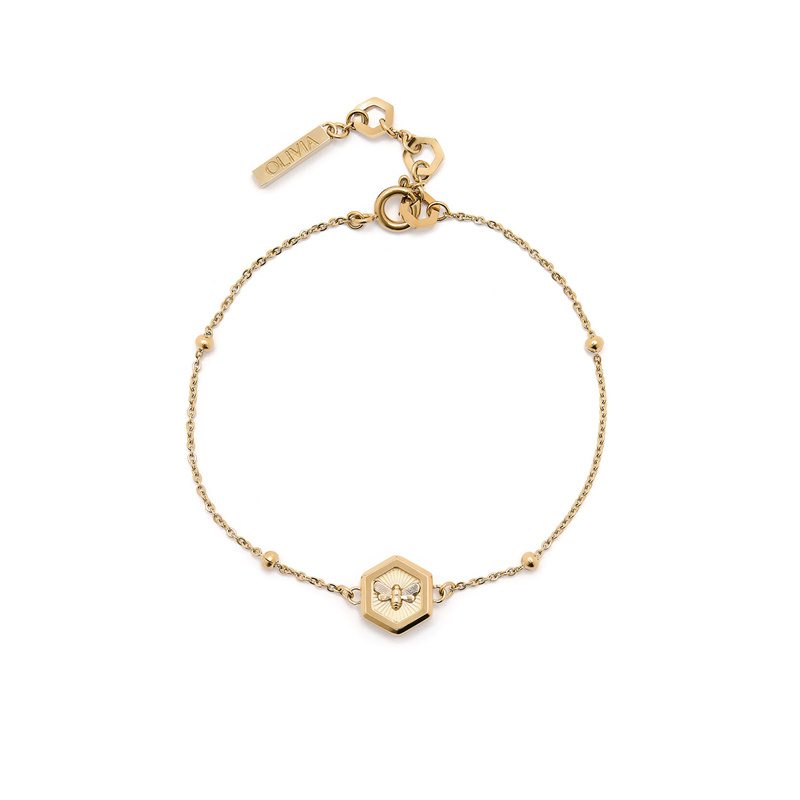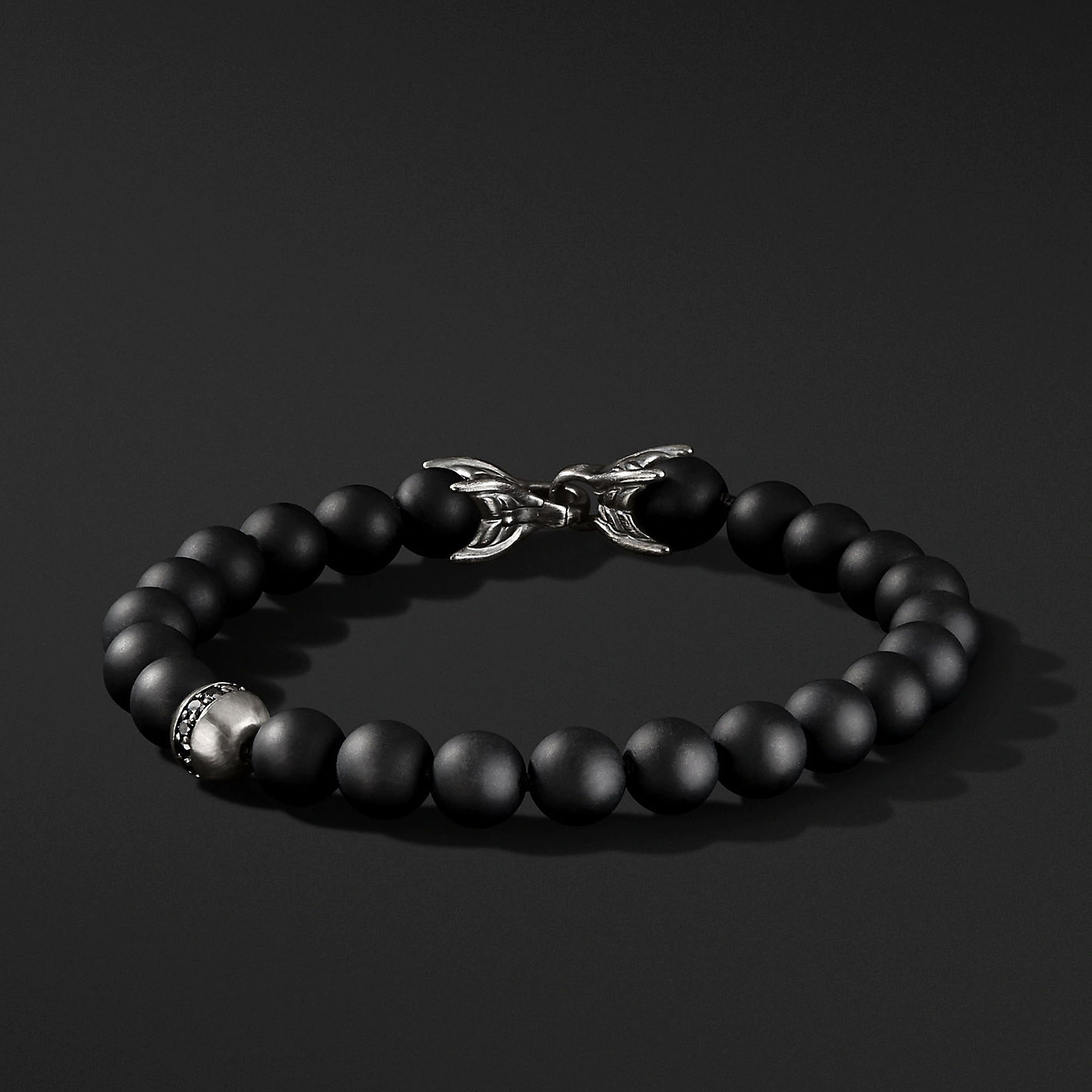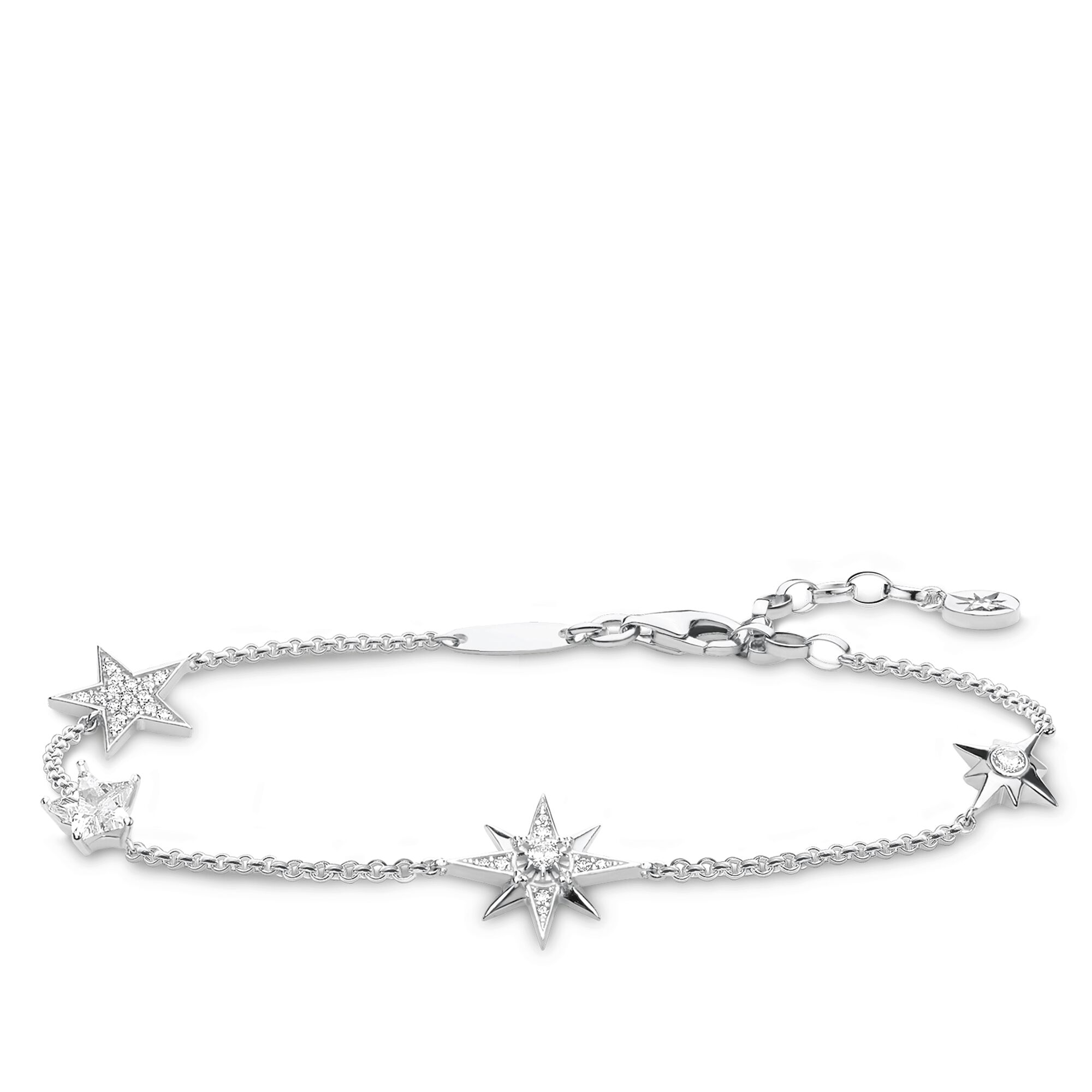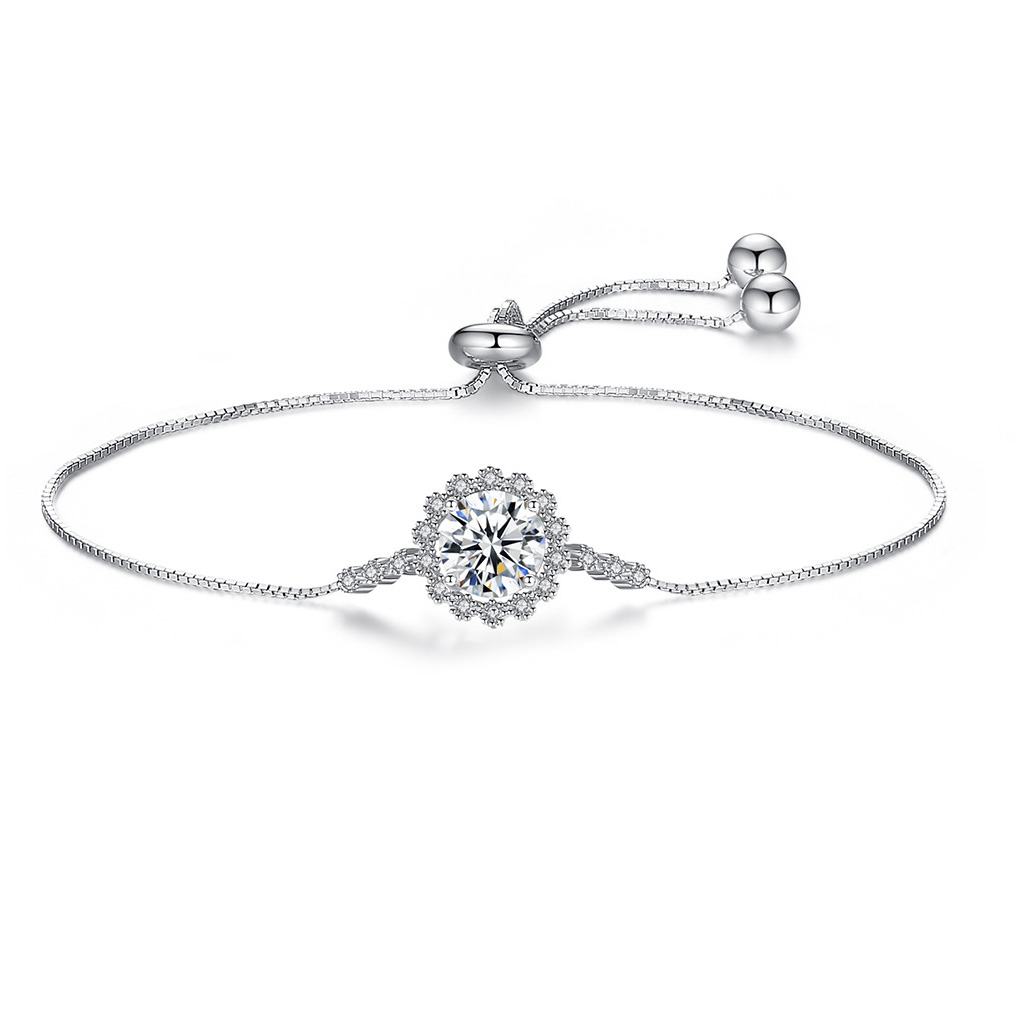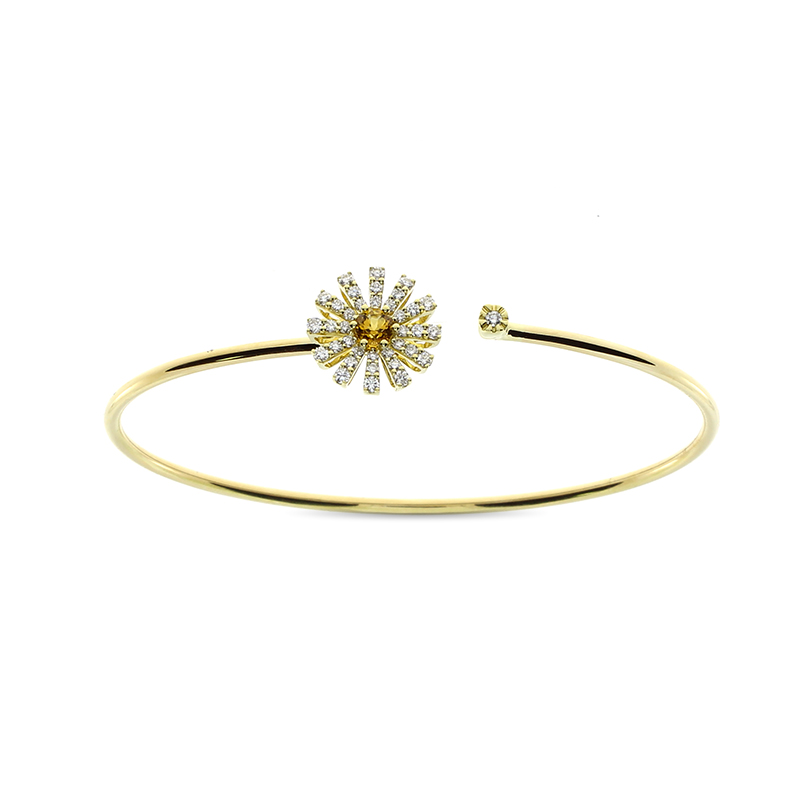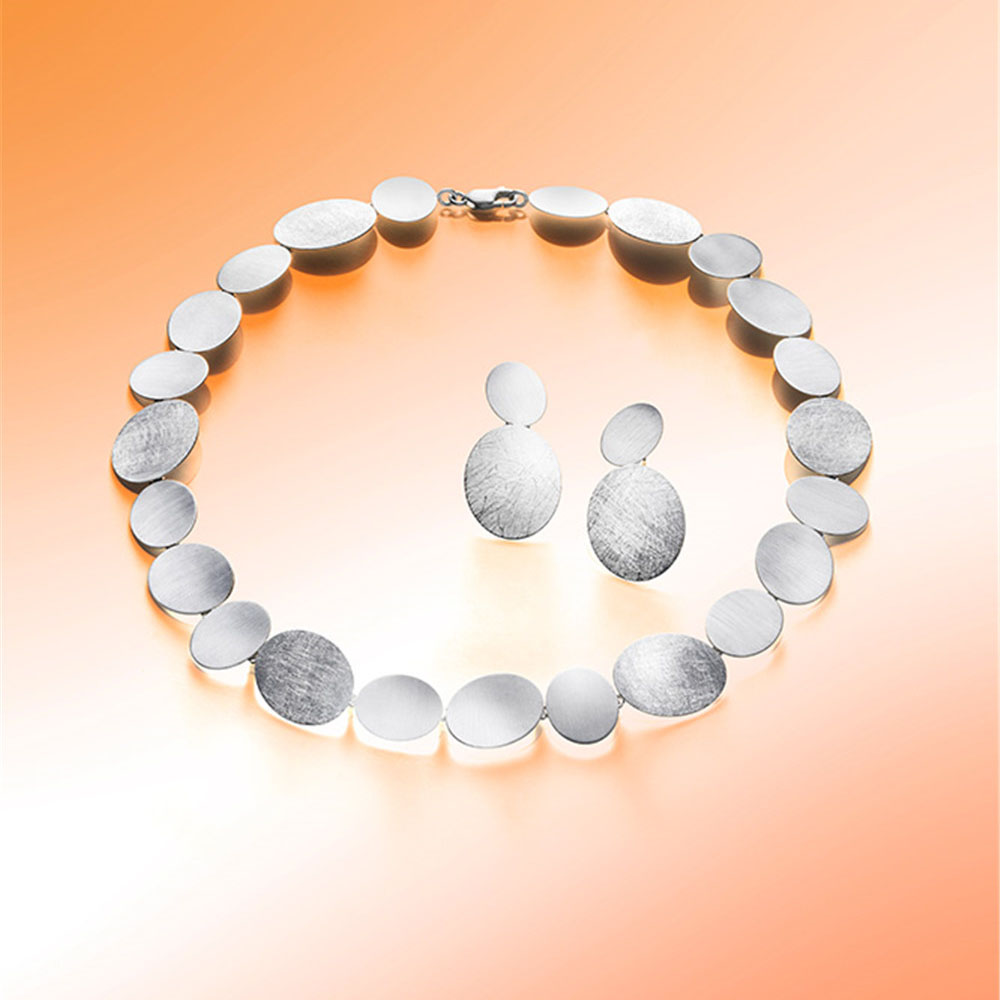Spain Client’s CAD Design for 15,000 Bee Gold Bracelets Manufactured by JINGYING
OEM/ODM jewelry manufacturer design custom your own jewelry
LET’S GET STARTED : mo@kingjy.com
Spain Client’s CAD Design for 15,000 Bee Gold Bracelets Manufactured by JINGYING
Introduction: A Fusion of Design and Craftsmanship
The jewelry industry has always been a unique blend of creativity, precision, and tradition. Over the years, companies across the world have developed deep collaborations to bring exceptional designs to life. One such case is the partnership between a Spain-based client and JINGYING, a renowned manufacturing company, to produce 15,000 bee gold bracelets. This collaboration not only showcases the seamless integration of technology and craftsmanship but also highlights the growing demand for specialized, artisanal jewelry.
In this article, we will explore the journey of how the CAD (Computer-Aided Design) files from the client were transformed into intricate bee gold bracelets, the steps involved in the manufacturing process, and the business dynamics that allowed this project to thrive.
1. The Significance of Jewelry in Modern Culture
Jewelry has long been a part of human culture, transcending time and borders. From ancient civilizations to the modern-day, pieces of jewelry have symbolized power, beauty, and identity. In today’s world, however, the evolution of design technology, such as CAD, has taken the production of jewelry to a whole new level. This section could focus on how jewelry remains a powerful form of self-expression, and how contemporary designs, such as the bee gold bracelet, embody modern trends and values.
2. Understanding CAD Designs in Jewelry Manufacturing
The integration of CAD technology into the jewelry-making process has revolutionized the way pieces are designed, tested, and produced. In the past, jewelers would rely on manual sketches and molds, which required intricate craftsmanship and time. Now, CAD software allows designers to create precise, 3D models of jewelry that can be refined and adjusted before actual production begins.
This section would dive into:
-
The process of creating a CAD design for jewelry.
-
The advantages of CAD over traditional design methods.
-
How CAD files are used to communicate intricate details like size, texture, and material properties.
For the bee gold bracelet, CAD provided the perfect platform for the intricate design elements to come to life, allowing for a detailed exploration of how the client’s concept transformed from a digital blueprint to a physical piece.
3. The Role of JINGYING in Manufacturing Excellence
JINGYING, a leader in jewelry manufacturing, has made a name for itself through its ability to transform designs into high-quality pieces that meet the exacting standards of its clients. For a project as complex as the 15,000 bee gold bracelets, JINGYING’s role was integral in ensuring the final product met the precise specifications outlined by the client.
This section will explore:
-
JINGYING’s background and its reputation in the jewelry industry.
-
The company’s commitment to quality, ethics, and sustainable practices.
-
How JINGYING works with CAD files to convert digital designs into real-world creations.
The partnership between JINGYING and the Spanish client hinges on trust, experience, and a shared vision for a high-quality product.
4. The Bee Gold Bracelet: Design, Inspiration, and Concept
The bee gold bracelet was not just another piece of jewelry; it was a piece inspired by nature, symbolizing resilience, community, and beauty. Bees have long been symbolic in many cultures, representing industriousness and harmony. For the client, designing a bracelet that captured the essence of the bee’s elegance and strength was of utmost importance.
This section would delve into:
-
The design inspiration behind the bee gold bracelet.
-
The symbolic significance of bees in various cultures.
-
The creative process behind the final CAD design.
A deep dive into the aesthetics and the conceptualization of the bee bracelet would give readers an understanding of the thought and intent behind the design.
5. Material Selection: Why Gold?
Gold has always been a popular material for crafting fine jewelry, thanks to its beauty, malleability, and inherent value. In the case of the bee gold bracelet, gold was selected not only for its elegance but also for its durability and timeless appeal.
This section could cover:
-
Why gold is the preferred choice for high-end jewelry.
-
The various types of gold alloys used in jewelry (e.g., 18K gold, 22K gold).
-
The benefits of gold in terms of long-term investment and luxury status.
6. The Manufacturing Process: From CAD to Reality
Once the CAD files were finalized, the next step was to begin the physical manufacturing process. This is where the precision of CAD technology meets the skills of expert craftsmen. The manufacturing of the bee gold bracelets required a combination of advanced machinery, casting techniques, and hand-finishing skills to ensure each bracelet adhered to the exact design.
Here, we’ll look into:
-
The steps involved in manufacturing jewelry from CAD files.
-
The role of 3D printing and casting in the production process.
-
The finishing touches that go into creating high-end jewelry.
JINGYING’s commitment to precision was crucial in making sure each of the 15,000 bracelets reflected the design’s complexity and quality.
7. Quality Control and Testing
Ensuring quality throughout the production process is vital, especially when dealing with a large order like 15,000 units. Every bracelet had to undergo strict quality control procedures to guarantee that the final product matched the client’s expectations.
This section could explore:
-
The quality control measures in place at JINGYING.
-
The testing processes that ensure durability, wearability, and visual appeal.
-
How any defects are managed and corrected during production.
8. The Logistics of Manufacturing 15,000 Pieces
One of the biggest challenges of manufacturing such a large quantity of a single design is the logistics involved. Managing timelines, materials, shipping, and even storage for such a massive order requires careful planning and coordination.
In this section, you could cover:
-
How JINGYING handled the mass production of the bee gold bracelets.
-
The challenges and solutions related to scalability.
-
The logistics of shipping the finished bracelets to the Spain client.
The sheer scale of producing 15,000 bracelets adds a layer of complexity to the manufacturing process.
9. The Business Dynamics: Client Relationships and Collaboration
This section will explore the business side of things, highlighting the relationship between the Spain-based client and JINGYING. Successful collaborations like this often rely on clear communication, trust, and an understanding of mutual goals.
Key points to cover include:
-
How JINGYING established a long-term relationship with the client.
-
The importance of clear communication and collaboration throughout the process.
-
How both parties addressed challenges and overcame obstacles together.
10. Environmental Considerations and Ethical Manufacturing
In the modern jewelry industry, sustainability and ethical practices are becoming increasingly important. This section would address:
-
JINGYING’s commitment to ethical sourcing of materials.
-
The company’s efforts to minimize environmental impact during production.
-
The growing demand for sustainable luxury jewelry and how the industry is responding.
11. Conclusion: A Successful Collaboration
In the end, the successful manufacturing of the 15,000 bee gold bracelets exemplifies how modern technology, traditional craftsmanship, and business collaboration can come together to create something truly special. The project not only strengthened the partnership between JINGYING and its Spain-based client but also set a benchmark for future collaborations.
In this concluding section, we’ll summarize:
-
The successful partnership between JINGYING and the Spain client.
-
How CAD technology and expert craftsmanship brought the bee gold bracelet to life.
-
The lessons learned and the future of jewelry design and manufacturing.
